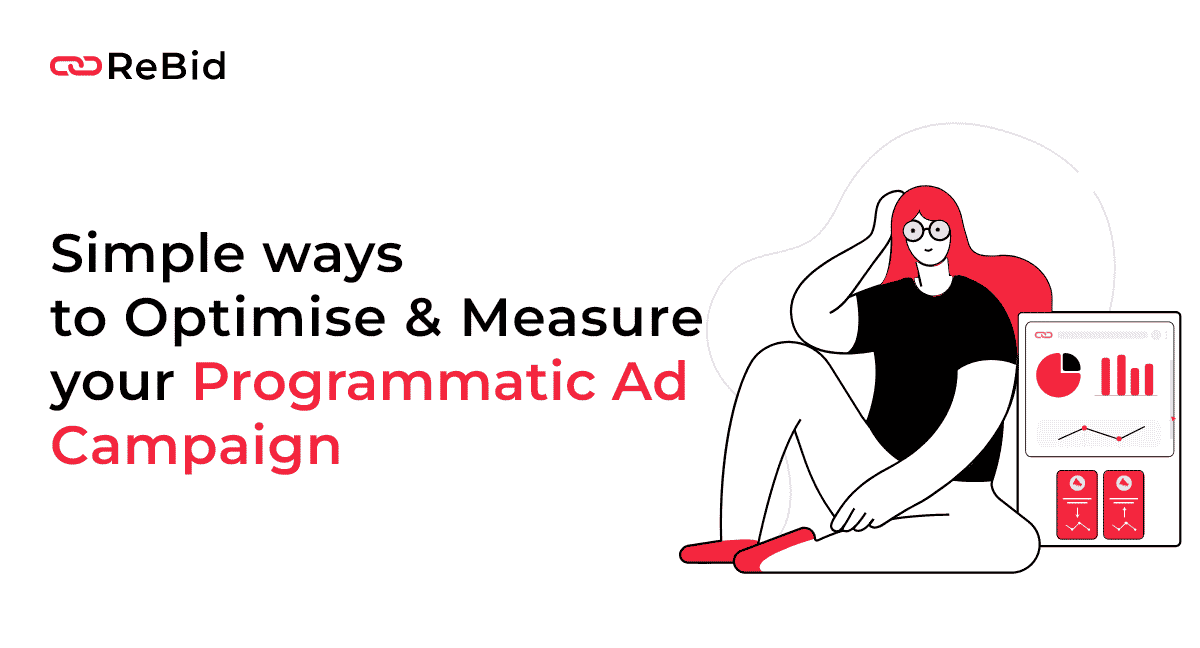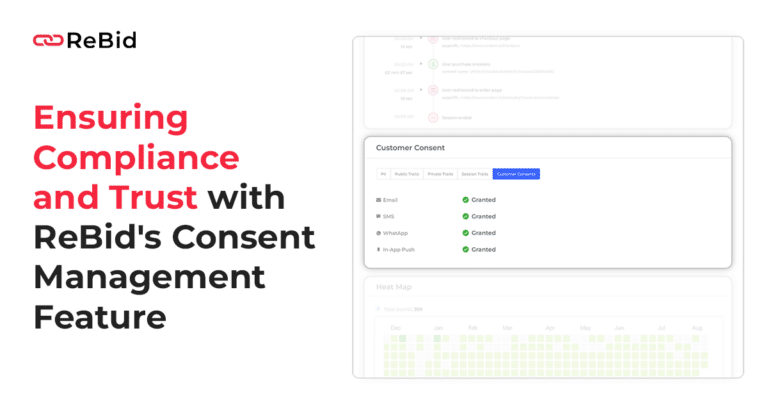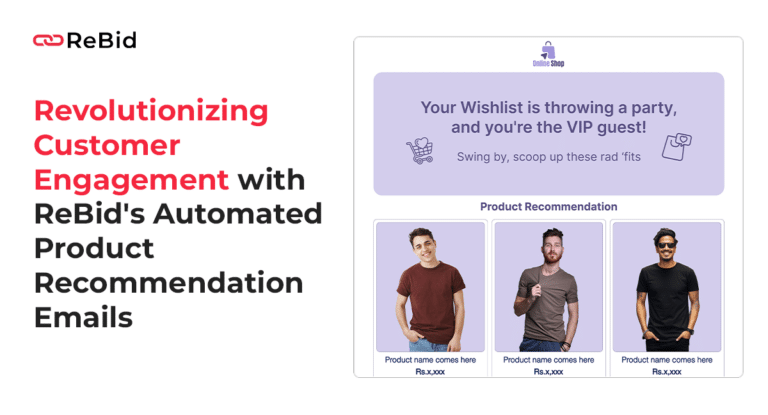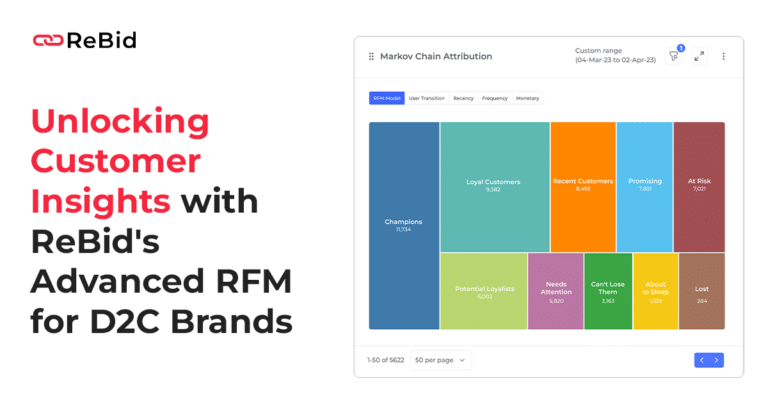With so many options widely available to marketers within their programmatic platform, the number of different optimization strategies you can make to enhance your ad performance can be staggering. On that account, marketers have to come up with a roadmap in advance, to prevent excessive optimizations that consequently curb the perceptions into your campaign.
However, before we delve into tips and tricks on optimizing your ad campaigns, we bring you three factors to review before you launch your programmatic campaigns.
The Correct DSP
When choosing the right DSP, there are many factors to consider like inventory, cost, technology, reporting, brand safety abilities and rapport with the platform team. Even if you are paying a decent amount to reach a small pool of audience, your ads may not be as impactful as you want.
This is where the lack of real time reporting and transparency, will make it hard for marketers to evaluate and take decisions to improve performance. The latest technology and brand safe capacity enables your business to capitalize on optimized bidding, targeting and reporting.
ReBid Desk is a customized programmatic desk with a state-of-the-art DSP. With this Programmatic-as-a-Service option, our media and data in-housing solution comes with an inbuilt DMP service. We bring you the best from the programmatic landscape to navigate your exclusive data, campaign strategies, and required optimizations into a unified ecosystem.
Finding the Right Audience
With the right DSP, you have to build the appropriate audience pool you want to focus on. While constructing your brand awareness, you have to create a broader audience pool that suits your target demographics. These audiences have to be based on relevant content they are watching, custom sites you plan to target, third-party data based on demographics and responses, or identical audiences based on site traffic.
After the user is enlightened about your business, you can execute target tactics like including relevant data your user is actively searching or bidding on inventory with an ad relevant to them. These can be deployed when the user has shown interest in you or your competitors.
A Solid Creative and Landing page
With the right targeting in motion, create impressionable creative and landing pages to appeal to users to visit your site and convert. When the user taps your ads, it should directly lead to your robust landing page that makes them convert. No matter where the user is in the purchasing process, your page should mirror information that they are looking for. For instance, if they are in the awareness stage, hit them with a basic outline of your products and services.
When the user is in the consideration stage, provide attractive offers, value propositions and mostly personalization based on their search behaviors and needs. You would require copies varying from users to users who visited the page but did not convert in order to drive conversions. Moreover, it is suggested to enlighten this audience with benefits focused on your products and service with many call-to-actions on the page that are parallel to the content in the ads.

3 Easy Ways to Optimize Programmatic Ad Campaign
As a marketer, you have a variety of optimization options available to you in a programmatic platform, which is why it might be difficult for you to know where to start. Here are top three techniques you can utilize for programmatic optimization.
1) Creative Optimizations
While observing the ad performance based on ad creative, it is important to check the ad frequency. Running the same ad to the same user, will result in ad exhaust and make your campaign less impressionable. Putting frequency caps in your ad groups will restrain the number of times your audience views your ads.
At default it is generally set at three times per day, however, you can personalize it as per the audience that you are targeting. Such as, remarketing audiences are more liable to convert if the audience views it often, contrary to an audience who is being presented to your product for the first time. Consequently, to hook the prospect audience you need to set a higher frequency cap on remarketing audience.
Another path would be to do a split test to uncover which part of your audience echoes most with your ad. You can make this test based on content, visual, CTA or the coloring of the ad. Keep in mind that you can only change one of these elements during each test to identify what drives high engagement. From the insights of these tests, find out what creatives brush ups you can make to your ad to make them fresh and relevant to your audience.
2) Placement Optimizations
This kind of optimization is solely based on ad placements. Having knowledge of what apps or sites drives high engagement at considerable costs is crucial to the overall success of the platform. The evaluation of ad placements on data and performance, will give a clearer picture on ads that work on certain sites. When you publish ads via a programmatic platform, ensure that the placement is trustworthy and follows certain brand safety protocols, and only analyze based on overall performance.
While optimizing ad placement like which to remove, keep your attention on cost and engagement. For instance, if your CPC or CPA is high, but your CTR is low, you can choose to remove the site, which inturn will reduce your ad budget giving you better options.
Get Started with ReBid Buy to Optimize Programmatic Ad Campaign
3) Ad Exchange Optimizations
With adequate data available on your platform, pull detailed reports on ad exchange performances. To drive higher results for your overall campaigns, analyze which ad exchanges are working for you. You have the liberty to create ad groups focusing on specific exchanges, and also you can bid higher on their inventory. Developing ad groups with high-performing exchanges will enhance your campaign performance, and give more foresights into targeting.
5 Easy Ways to Measure Programmatic Ad Campaign
There are many parameters to identify where optimization is essential. The main metrics to focus on will be parallel to your campaign goals. CPC and CTR are the core metrics you can use to analyze ad campaigns when you have adequate data and are still new to programmatic advertising.
1) Cost
Cost as a financial metric, answers the question, “What did my ad campaign cost?” You can measure cost-per-mile, cost-per-click, cost-per-engagement, cost-per-view, cost-per-conversion and many more to analyze campaign progress. Cost parameters have a direct link to the budget you will need for your next ad campaign. In some cases, you will want to target better quality inventory, because your budget parameters don’t permit you to the right inventory in your last ad campaign. Keep experimenting to find the right cost levels.
2) Impressions
Impressions are not about who has viewed your ads, rather it is the potential the ad has to be seen. Therefore, you cannot pinpoint a solid, quantitative weight to these parameters. This metric does not rely on action, but rather is a valuable part of other vital metrics that will lead to better campaign performance.
3) Clicks
Clicks reveal the number of times the audience has clicked on your ad creative. Although not all clicks are intentional and may not lead to conversions, when you put together click and impression parameters, you can compute actionable percentages that help you improve ad budget decisions and your ad ROI. If you do display advertising, your Click-Through Rate is quite useful as it helps in identifying the percentage of people who viewed and clicked your ad.
Get Started with ReBid Buy to Measure Programmatic Ad Campaign
4) Conversions
As some are already aware, conversions are all about how many of your programmatic ads have been converted. Every ad campaign has goals like subscription, purchase, retention etc. that marketers want customers to complete because of the ad that has targeted them. Conversions are the utmost ad metric.
5) Return on ad spend (ROAS)
Return on ad spend or ROAS is a campaign focused metric which evaluates gross revenue from ad spend and gives you an idea of your ad’s current effectiveness. An ideal ROAS ratio is based on your niche, budget and target audience.
Conclusion
That is why incorporating a unified enterprise advertising platform which helps plan, manage and scale your digital media buying requirements beyond various geographies, channels, formats and devices is important. Invest in ReBid Buy and unlock the above and many more. ReBid Buy inherently merges with multiple advertising technology platforms involving DSPs (MediaMath, Xandr, DV360 and more), Ad servers (CM360) & DMPs (Liveramp) that help you to connect with audiences quickly and transparently. As an advertiser centered platform, ReBid Buy promises your brand’s growth by advertising on select channels and targeting specific audiences. Brands can instantly access global digital ads inventory, plan and implement all programmatic campaigns on a single, dynamic and automatic platform.





